A nice brief paper comparing plasmid multimer formation in different strains of bacteria and identifying conditions under which such multimer formation occurs minimally. #biotech #synbio



Over the past several decades, human lifespan has steadily increased. However, this progress has also led to a growing proportion of the population suffering from age-related diseases such as cancer, neurodegenerative disorders, and diabetes. Extending both lifespan and healthspan, the period of life spent in good health, requires a deeper understanding of the biological mechanisms that promote healthy aging.
In the natural world, mammalian lifespans vary enormously, ranging from just 1 to 2 years in some rodents to more than a century in species.
A species is a group of living organisms that share a set of common characteristics and are able to breed and produce fertile offspring. The concept of a species is important in biology as it is used to classify and organize the diversity of life. There are different ways to define a species, but the most widely accepted one is the biological species concept, which defines a species as a group of organisms that can interbreed and produce viable offspring in nature. This definition is widely used in evolutionary biology and ecology to identify and classify living organisms.
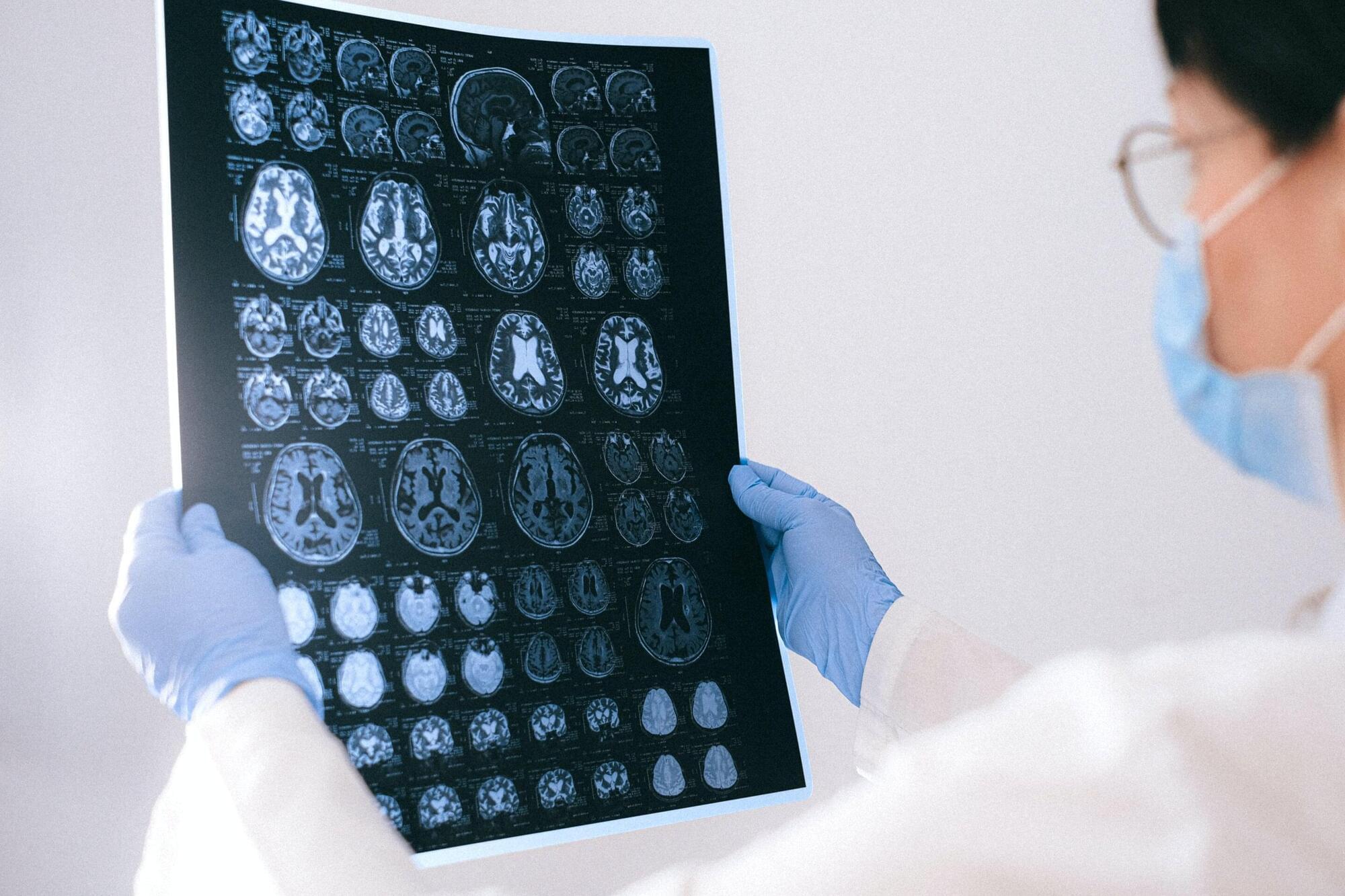
In a study published Wednesday in the Proceedings of the National Academy of Sciences, University of Oklahoma researchers detail their discoveries about why the brain tumor glioblastoma is so aggressive. Their findings center on ZIP4, a protein that transports zinc throughout the body and sets off a cascade of events that drive tumor growth.
About half of all malignant brain tumors are glioblastomas, the deadliest form of brain cancer with a median survival rate of 14 months.
“Surgery for glioblastoma is very challenging, and patients almost always experience a relapse,” said the study’s senior author, Min Li, Ph.D., a professor of medicine, surgery and cell biology at the University of Oklahoma College of Medicine. “By better understanding why these brain tumors are so aggressive, we hope to open up paths for new treatments.”

The immune system is comprised of two separate active arms of immunity to provide robust protection against disease. The two separate systems of immunity include the innate and adaptive immune responses. The innate immune system is the first on the scene when a pathogen enters the body. Different cells of this response include eosinophils, basophils, neutrophils, natural killer cells, macrophages, dendritic cells, and others. Once a pathogen is detected the innate immune system generates a generalized response to target a wide variety of diseases. The innate immune cells then relay detection of a foreign pathogen to the second level of immunity, the adaptive immune response. The second wave that fights off disease is more specific and includes T and B cells. The adaptive immune response is widely accepted as the stronger barrier of immunity because of its specificity and ability to mount a larger response. However, each work in concert with the other to elicit an optimal immune response and keep the body healthy.
Many different cells are involved in active immunity that help protect against infection. As a result, immunologists work to understand each cell’s impact on the immune system and how they function in the context of various pathologies. To activate the immune system during an infection or disease onset, immunotherapy is employed, which targets one or several immune cell types to redirect them to the infection. In particular, natural killer cells, are emerging as an optimal cell target for immunotherapy in ovarian cancer.
Natural killer cells are a type of white blood cell responsible for eliminating virus-infected cells and tumor cells. They secrete various molecules and proteins that signal a strong immune response. Additionally, they have been reported to develop immune memory, in which they can recognize previously encountered pathogen. These natural killer cells that develop immune memory are referred to as adaptive natural killer (aNK) cells. Scientists are working to understand more about these cell types and how they can be targeted for cancer immunotherapy.

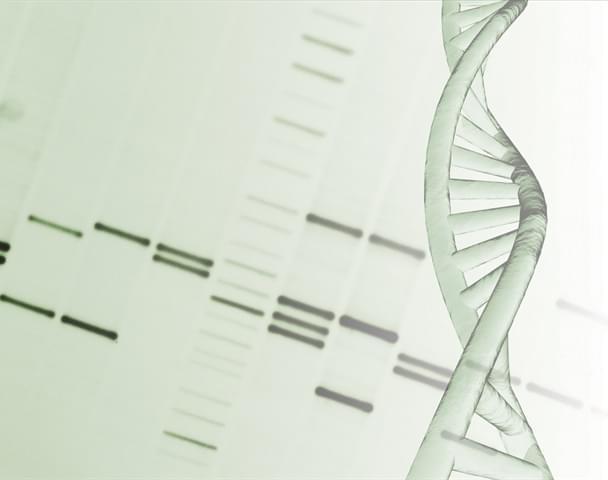
A Kobe University team was able to edit the DNA of Lactobacillus strains directly without a template from other organisms. This technique is indistinguishable from natural variation and enabled the researchers to create a strain that doesn’t produce diabetes-aggravating chemicals.
Humans have improved the microorganisms we rely on for millennia, selecting variants that are better able to produce wine, yogurt, natto and many other products. More recently, direct genetic modification has emerged as a tool to exert more precise and efficient control over the improvement, but also has drawn much public criticism for often using DNA from unrelated organisms in these modifications. Kobe University bioengineer NISHIDA Keiji says, “As a consequence, using such transgenic techniques is not favorable for food products due to legislations being restrictive and social acceptance being low.”
Nishida and his team have developed a technique that gives even more precise control over the genetic content of a microorganism that does not rely on template DNA from other organisms. He says: “We have invented a DNA base editing technology named ‘Target-AID,’ which is superior to conventional techniques such as ‘CRISPR-Cas9’ in several aspects. For example, CRISPR-Cas9 induces DNA breaks and often causes cell death, while our Target-AID inserts precise point mutations without such breaks.”
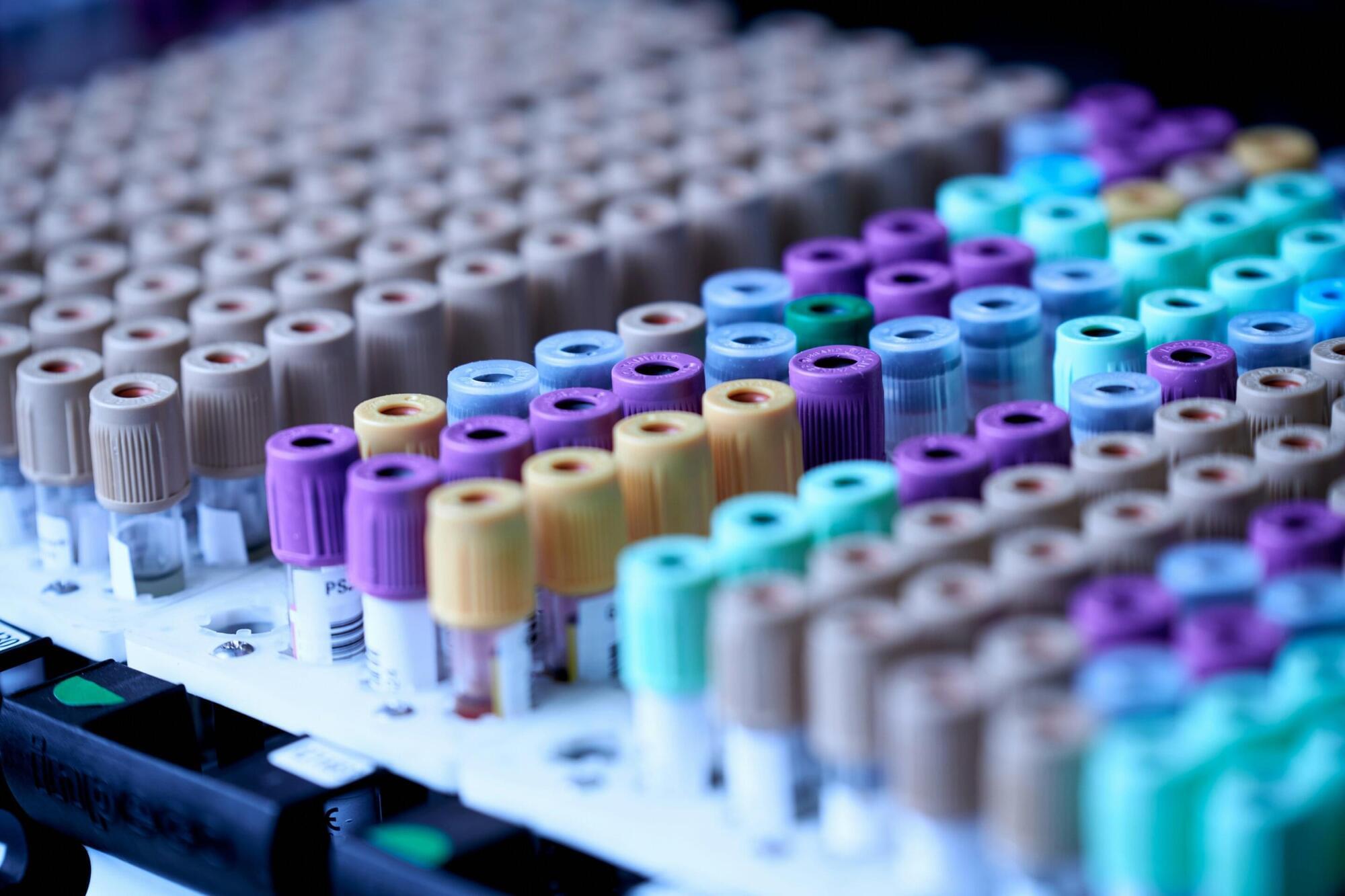
Researchers at Amsterdam UMC have developed a new diagnostic test that can quickly and accurately diagnose bacterial meningitis. The test measures the CRP protein in cerebrospinal fluid, a protein that is already often tested in blood to detect bacterial infections. Currently, it often takes a long time before meningitis is diagnosed, which delays the start of adequate treatment.
The study is published in The Lancet Regional Health—Europe.
Bacterial meningitis is a life-threatening condition in which one in six patients die and half of the survivors have residual symptoms. Thus, prompt diagnosis and treatment are crucial.
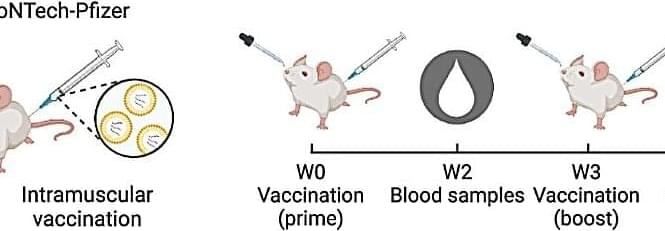
Vaccines save millions of lives every year, but there is still an urgent need for more efficient vaccines. Strategies to combat serious outbreaks of viral infections are particularly important. Such infections are initiated at mucosal surfaces, where there is a close association between polarized epithelial cells and immune effector cells. However, vaccines are usually given intramuscularly or subcutaneously, and often do not provide sufficient protection at the actual site of infection.
In Nature Communications, the laboratory of Professor Jan Terje Andersen and collaborators report on a novel vaccine technology platform, in which the subunit antigen is genetically fused to albumin.
Albumin was chosen as a carrier as it is actively transported across the mucosal barrier by FcRn, a receptor found on mucosal epithelial cells.
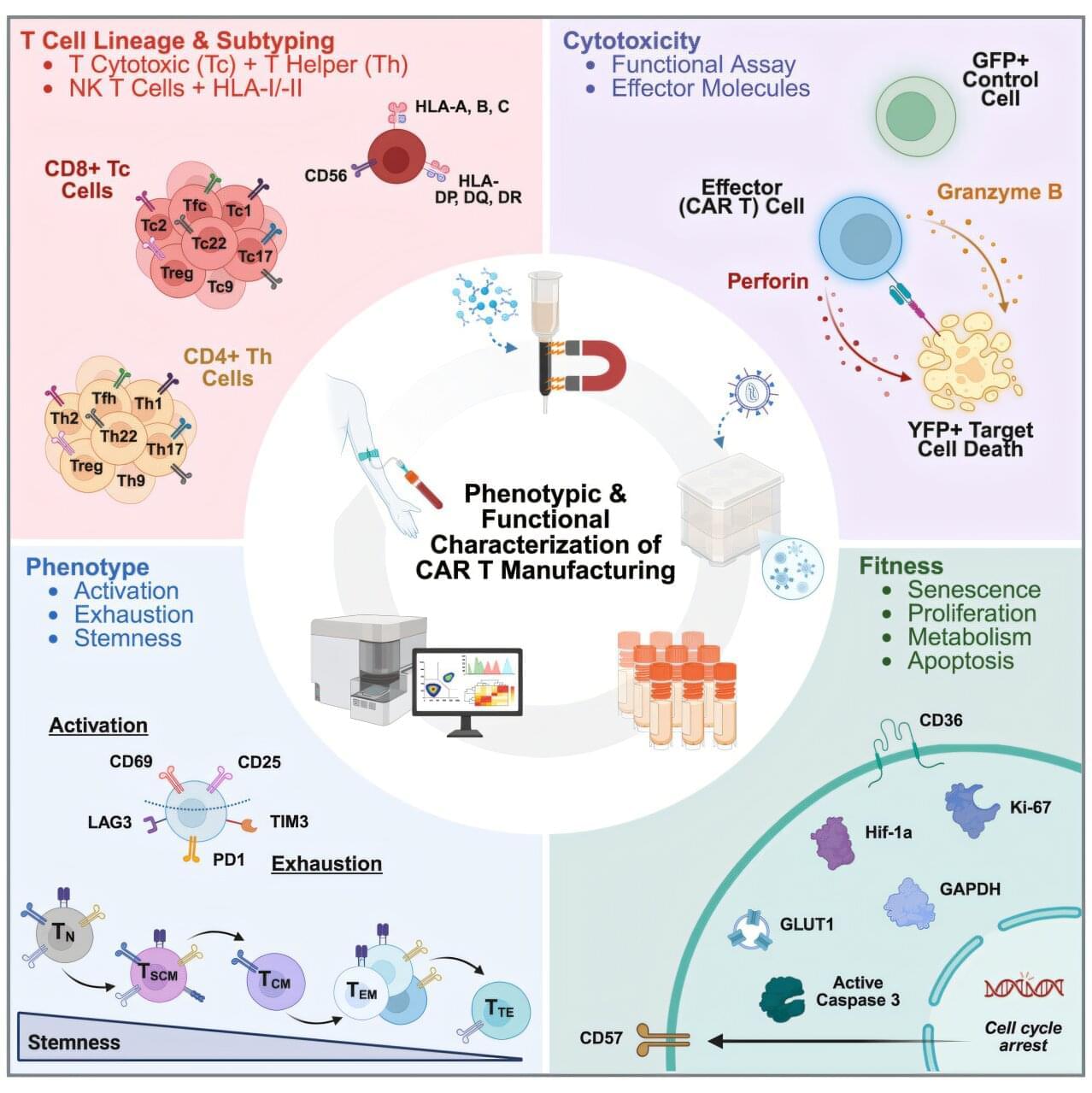
A team of researchers from the Keck School of Medicine of USC has developed an advanced tool for analyzing chimeric antigen receptor (CAR) T cells, including how they evolve during manufacturing and which ones are most effective at killing cancer. Using the platform, which leverages a laser-based technology known as spectral flow cytometry, researchers have already found one key insight: CAR T cells are better equipped to fight cancer after a shorter five-day expansion process than at the 10-day mark.
The study was just published in the 25th anniversary special issue of Molecular Therapy.
CAR T cell therapies, which reprogram a patient’s own immune cells to recognize and attack cancer, represent a major advance in treating blood cancers such as leukemia and lymphoma. But not all patients respond equally well, and researchers believe one key to optimizing treatment is to understand how various T-cell features relate to patient outcomes down the line.

Scientists looking to tackle our ongoing obesity crisis have made an important discovery: Intermittent calorie restriction leads to significant changes both in the gut and the brain, which may open up new options for maintaining a healthy weight.
Researchers from China studied 25 volunteers classed as obese over a period of 62 days, during which they took part in an intermittent energy restriction (IER) program – a regime that involves careful control of calorie intake and relative fasting on some days.
Not only did the participants in the study lose weight – 7.6 kilograms (16.8 pounds) or 7.8 percent of their body weight on average – there was also evidence of shifts in the activity of obesity-related regions of the brain, and in the make-up of gut bacteria.